Common Myths About Fast Food You Need to Stop Believing
Eating fast food is a rite of passage for most Americans. Whether you’re secretly hitting the drive-thru two nights a week for quick and easy dinners or you restrict yourself to McDonald’s cheeseburgers only on special occasions, just about everybody indulges occasionally. One study found that the average citizen spends $1,200 per year on fast food and 44% of people eat it once per week. It really makes you wonder: Is fast food as terrible for your health as they say?
The short answer is that moderation is key. You shouldn’t eat fast food for breakfast, lunch, and dinner, but dining on it sometimes won’t ruin your health. Ahead, check out all the common myths about fast food that aren’t actually true.
1. Myth: McDonald’s shakes don’t contain dairy
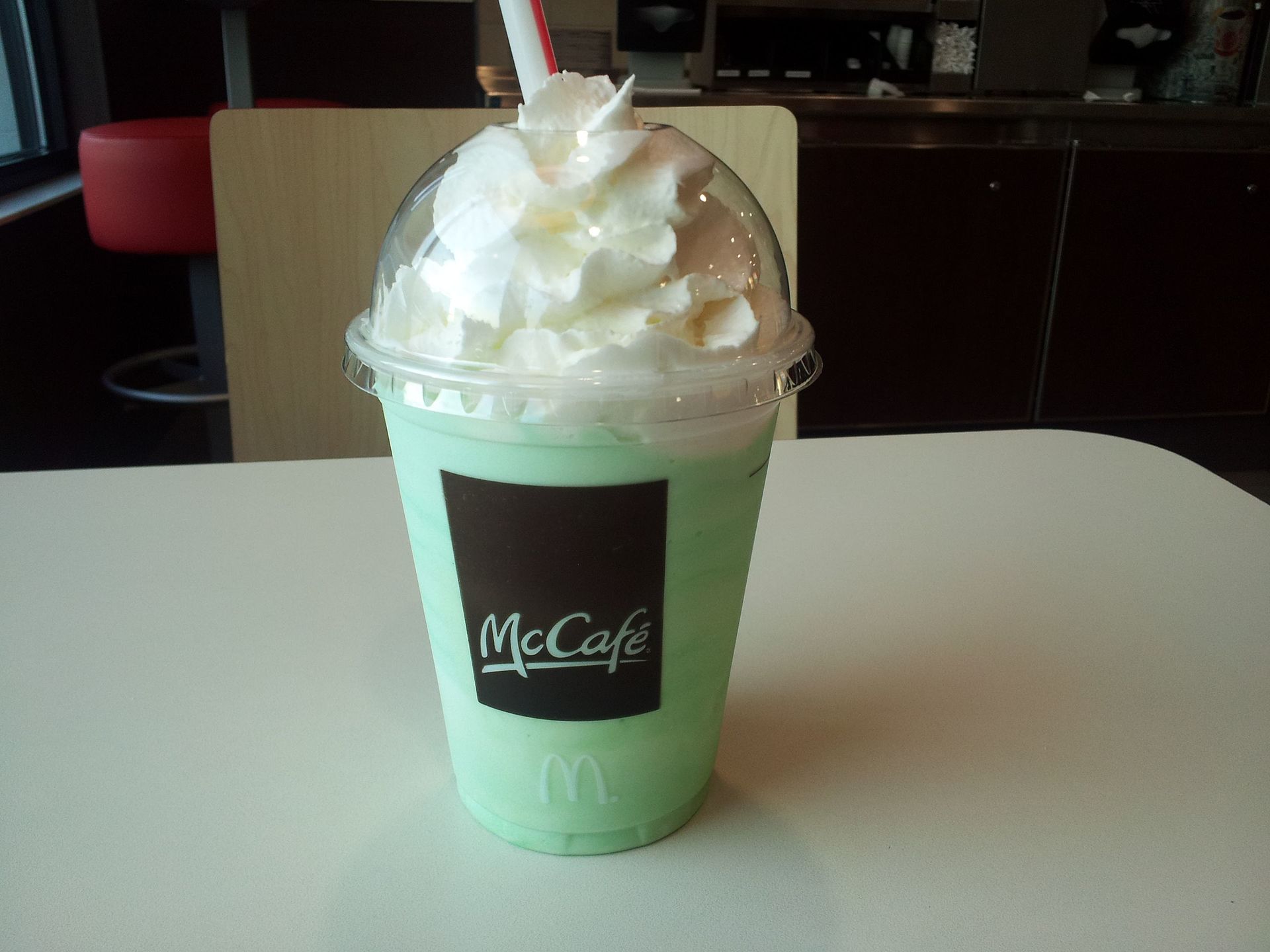
McDonald’s shake | Todd Van Hoosear/Wikimedia Commons
Perceptive conspiracy theorists wonder why the blended frozen drinks at McDonald’s are just called “shakes” and not “milkshakes.” Some speculate that it’s because they’re made of chemicals rather than real milk, but that’s simply not true.
The FAQ section on the McDonald’s website words it this way: “Our shakes contain milk from our reduced-fat soft serve, which makes them thick and creamy. Dairy regulations actually vary from state to state on what can officially be called a ‘milkshake.’ We like to keep it simple and refer to them strictly as ‘shakes.’”
2. Myth: Taco Bell uses ‘Grade F’ meat
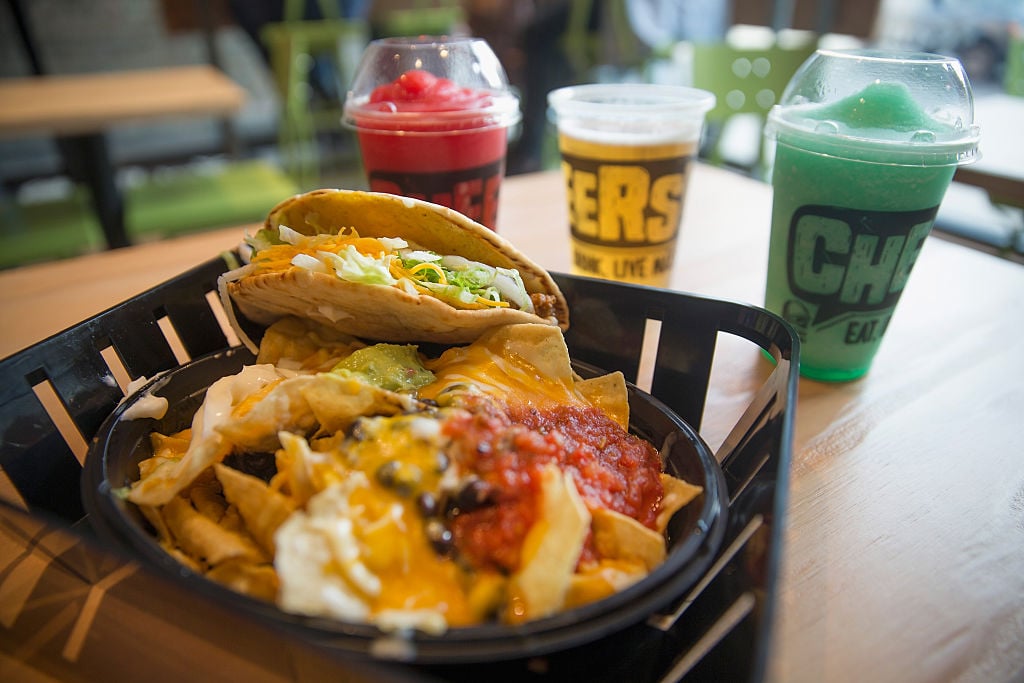
Taco Bell | Scott Olson/Getty Images
Ah yes, the one about disgusting Taco Bell meat is still quite popular. The rumor mill says that the meat received a grade of D or F even though that classification doesn’t exist. So what’s the truth about your favorite fast food taco spot?
Taco Bell revealed that their meat is made with beef, seasoning, and thickeners, not dog or horse meat like some sources suggest. The beef is the same USDA-inspected, good quality meat you’d find in the grocery store. They’re also making an effort to provide healthier options for customers like when they hired an official nutritionist and introduced a healthy Fresco menu with selections under 350 calories.
Next: This myth makes no sense.
3. Myth: White Castle uses fake onions
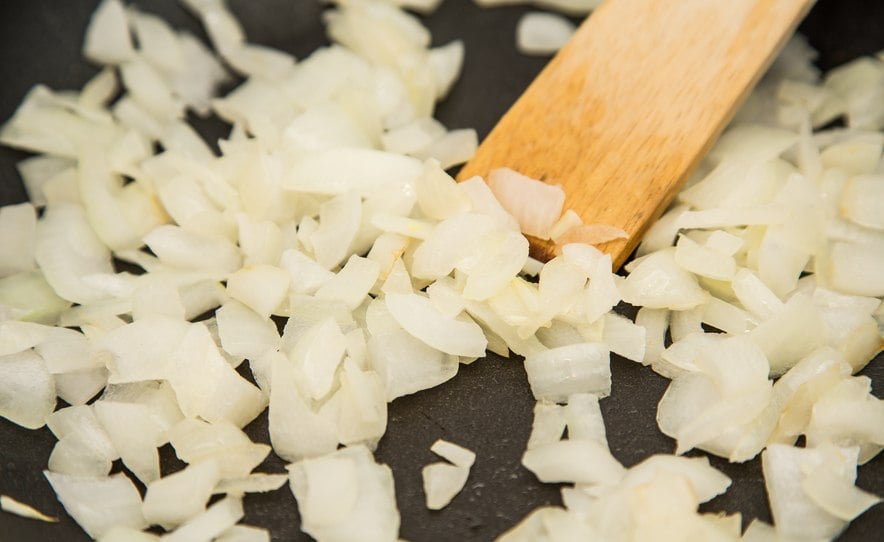
Onions | iStock.com/dbvirago
Don’t believe rumors that don’t make any sense. Sources claim that White Castle uses “cabbage slices soaked in onion juice” to create the taste of onions on their burgers. But onions are cheap enough — why would they go through the trouble of faking them? This myth has no validity.
4. Myth: Starbucks frappuccinos are made with insects
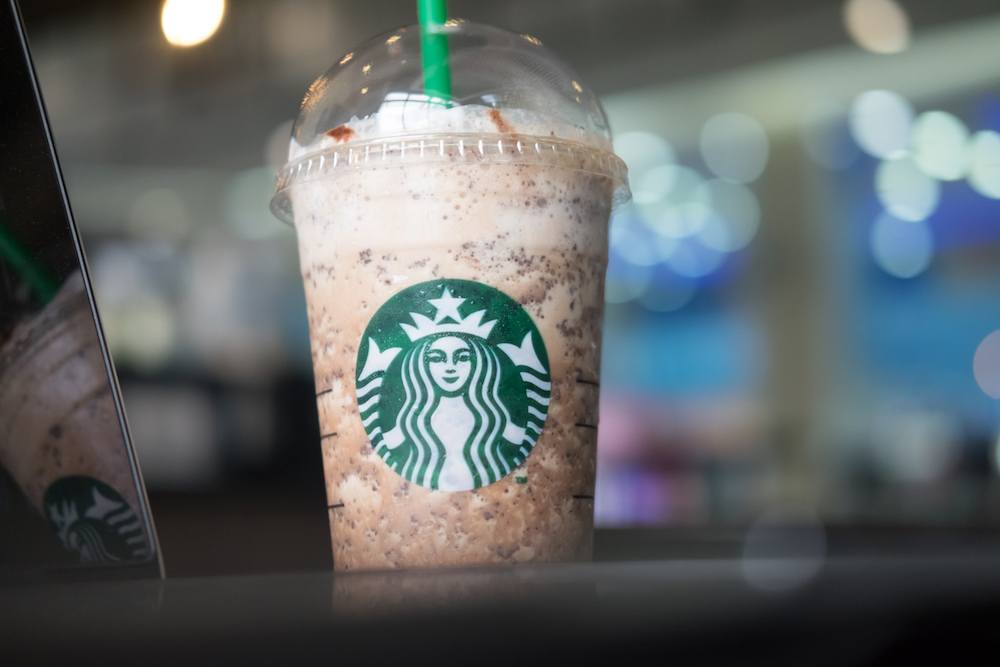
Starbucks Frappuccino | dontree_m/ iStock/Getty Images Plus
This one used to be true, but it’s not anymore.
Here’s the story: customers picked up on a certain ingredient in frappuccinos back in 2012 and news quickly spread about how gross it was. The item in question? Carmine (also called cochineal), a natural red food coloring made from crushed bugs that’s used in a lot of food and beauty products. Starbucks removed it from their beverages after the negative press, but other food items you’re eating might still have it.
5. Myth: McDonald’s food doesn’t decompose
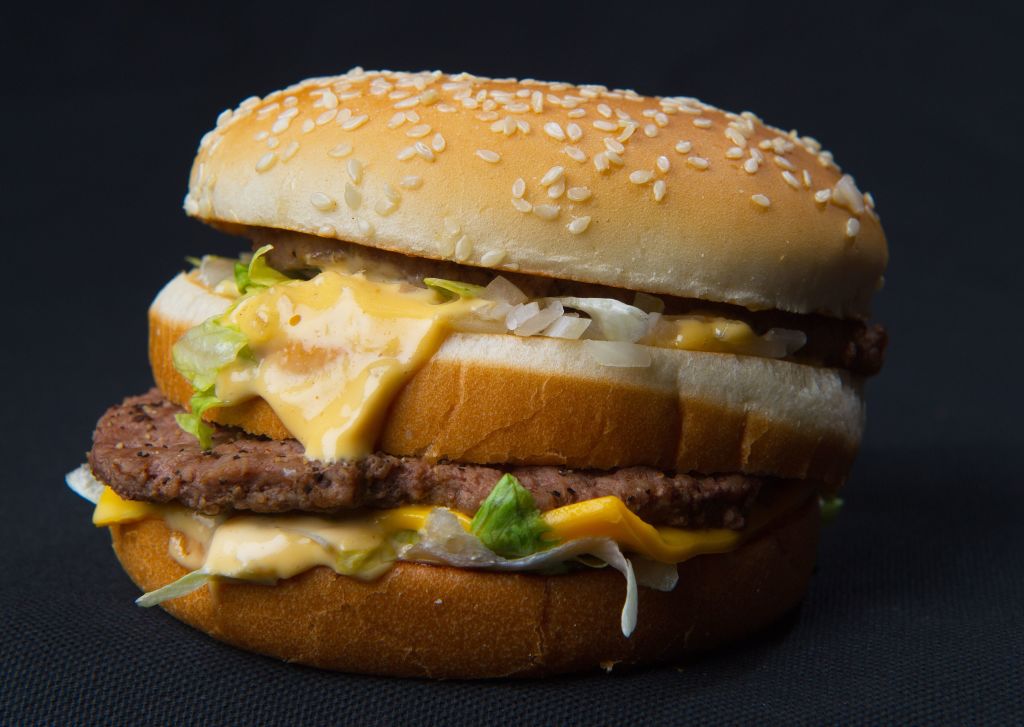
McDonald’s Big Mac hamburger | Paul J. Richards/AFP/Getty Images
Surely you’ve seen this one circling the internet. There are many side-by-side comparisons of fast food burgers and fries next to homemade versions taken at different time periods. On one side, the fast food looks exactly the same in one, three, and even six months. On the other, the homemade food breaks down and gets moldy. People conclude that it’s because of all the preservatives in fast food. But is it true?
There’s an easy answer to why fast food won’t rot the same way as other foods. McDonald’s hamburgers don’t rot but they do dry out and harden, kind of like beef jerky. That’s because they’re small and thin, plus they’re cooked on a very hot griddle. The moisture loss makes the burger dry out before it can get moldy. A homemade burger of the same size and cooked the same way wouldn’t rot either.
6. Myth: KFC chicken comes from genetically modified mutants
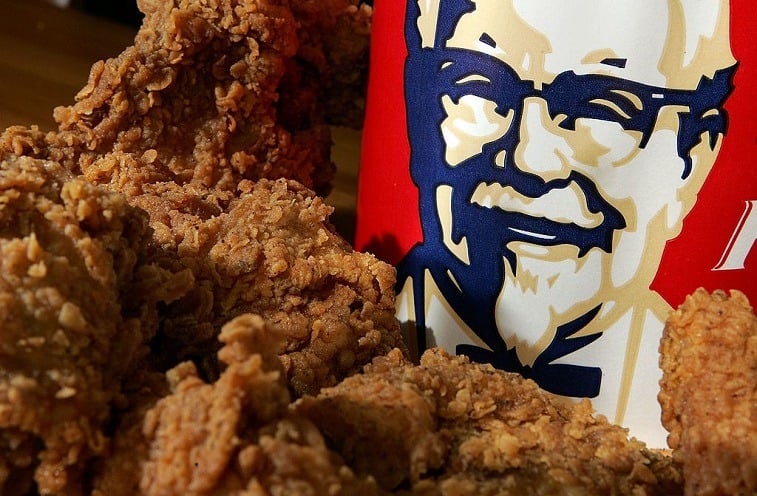
KFC | Justin Sullivan/Getty Images
Farms full of beakless, featherless mutant super chickens may make a great horror movie premise, but it’s not what’s going on behind the scenes at KFC. The “proof” of this phenomenon comes from the fact that the restaurant changed their name from Kentucky Fried Chicken to just KFC, thereby removing any reference to real chicken.
But this one isn’t true. Despite the name change, KFC still sells regular chicken. They removed chicken from the name to publicize their other food offerings.
7. Myth: McDonald’s chicken nuggets are made with pink slime
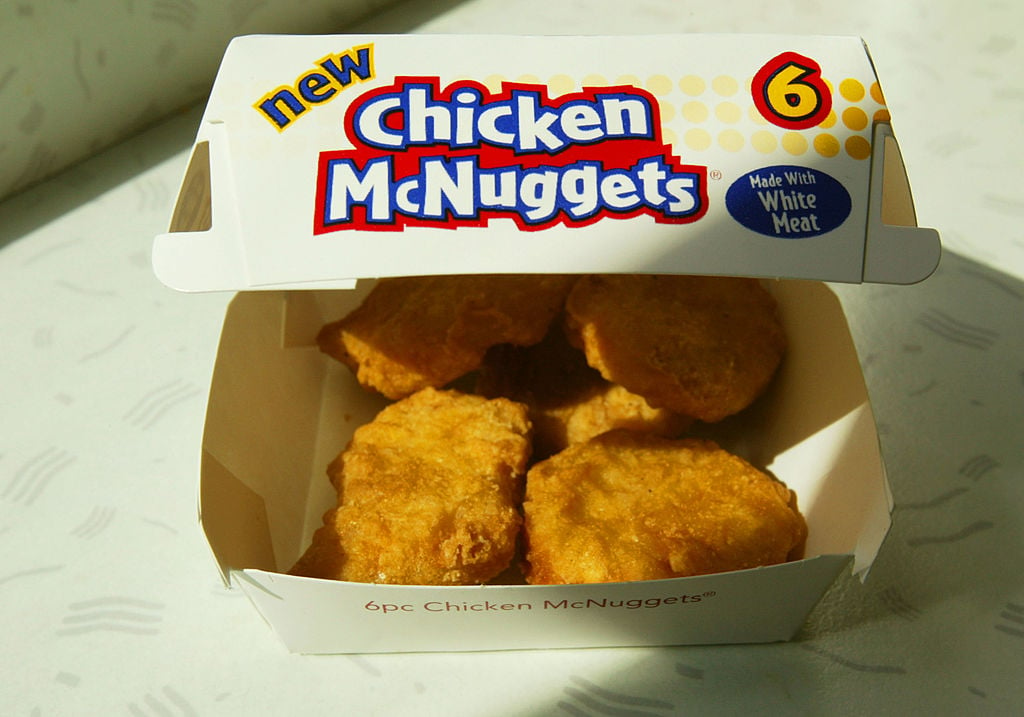
Chicken nuggets | Chris Hondros/Getty Images
Images of pink slime – a putrid, bubblegum-looking mash-up of blended meat products – keep circling the internet, and multiple sources claim that’s where your beloved chicken nuggets come from. However, McDonald’s chicken nuggets are actually made with 100% white meat chicken with no artificial colors, flavors, or preservatives and have been since 2003.
Pink slime, which is also known as “lean, finely textured beef” is just ground up beef anyway. The news source that started the pink slime rumor had to pay big bucks in a defamation lawsuit when the meat processor suffered decreased business after the scandal.
8. Myth: You can super size your McDonald’s order
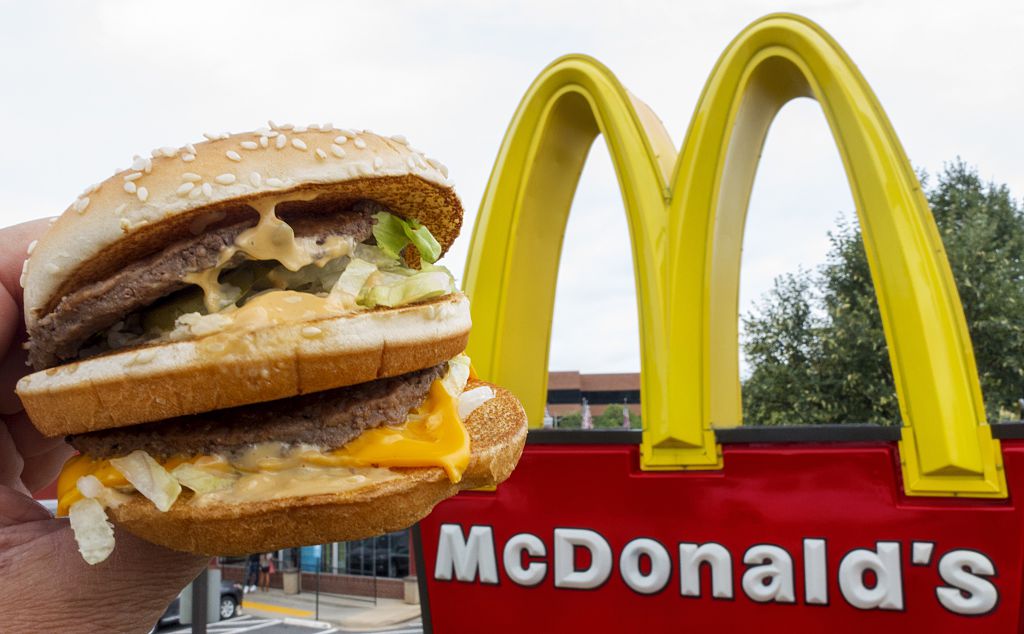
McDonald’s | Paul J. Richards/AFP/Getty Images
The popular 2004 documentary Super Size Me! highlighted some of the worst aspects of the fast food industry. One of those was the grossly gigantic portions, especially in a McDonald’s supersize meal. But now with a focus on health, McDonald’s has removed this option from their menus, and you can’t supersize anything anymore.
Want to stay healthy? Try ordering from the kid’s menu to control your portions.
9. Myth: McDonald’s French fries are vegetarian-friendly
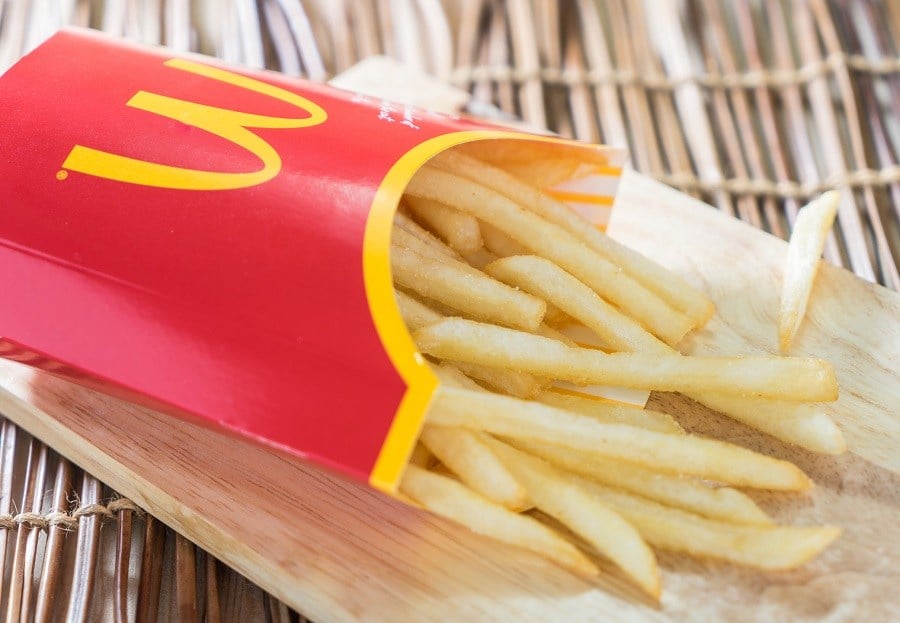
French fries | Junce/iStock/Getty Images
They may be potato based, but the French fries at McDonald’s are far from vegetarian or vegan. The restaurant used to fry the potatoes in beef fat, which is part of what gave them such an appealing flavor. Now they switched up the practice but still add natural beef flavor to the fries to achieve the same irresistible taste.
Want vegan McDonald’s fries? Head to India, where they don’t use any beef products at McDonald’s restaurants.
10. Myth: You might find body parts in Wendy’s chili
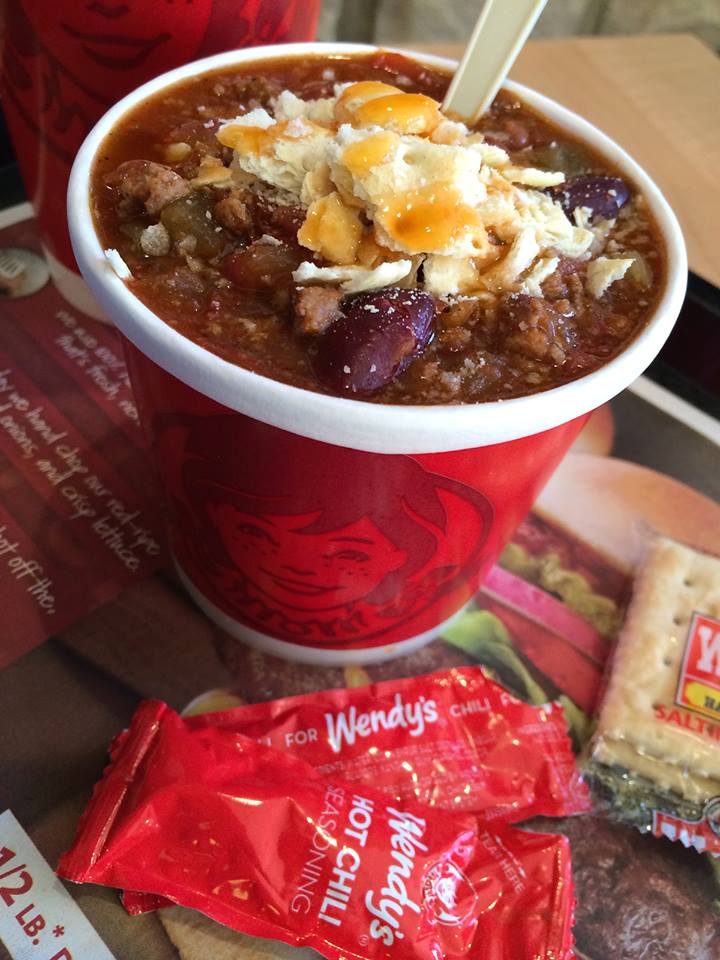
| Wendy’s via Facebook
A woman named Anna Ayala did find a finger in her Wendy’s chili bowl back in 2006. But then again, she did put it there herself because she wanted a huge lawsuit payout (she lost, and was sentenced to prison on extortion charges).
With strict safety standards surrounding food prep, it’s very unlikely that you’ll find any human or animal body parts in your fast food. Most of these myths are entirely fabricated.
11. Myth: Arby’s sandwiches are made with ‘liquid meat’
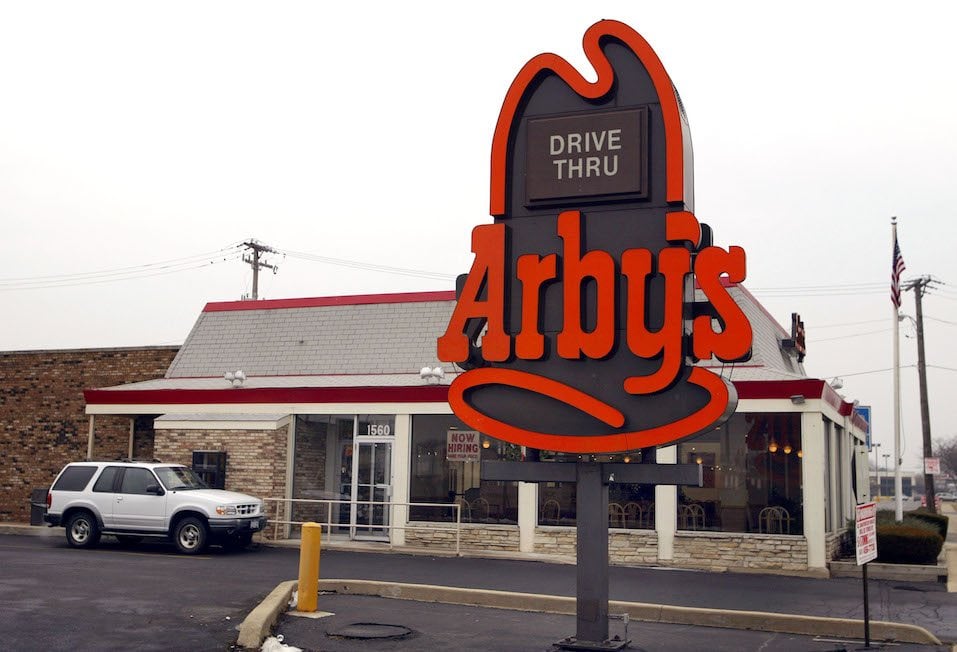
Arby’s | Tim Boyle/Staff/Getty Images
What the heck is liquid meat? According to sources, that’s the way Arby’s gets their roast beef sandwiches looking so uniform.
The rumor started because Arby’s beef arrives in a sealed bag soaking in a solution of water, salt, and sodium phosphates. But just because the meat comes in liquid it doesn’t mean the meat is made of liquid. It’s just regular roast beef.
12. Myth: McDonald’s Egg McMuffins don’t contain eggs
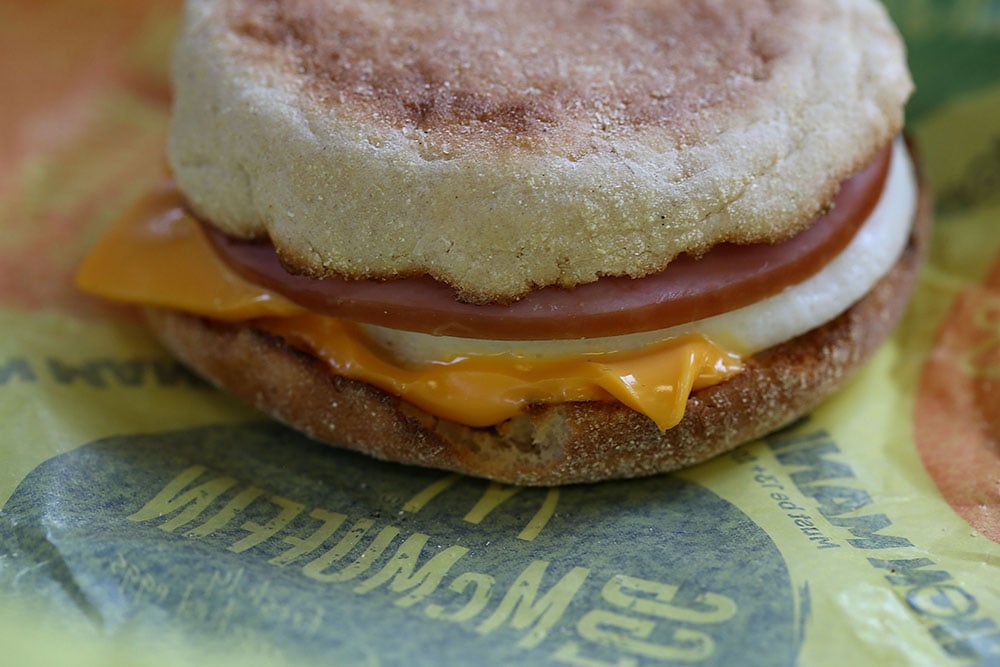
McDonald’s Egg McMuffin | Justin Sullivan/Getty Images
Short on time in the morning? Then hitting the drive-thru might be your best bet for finding a filling breakfast. But what about that rumor you heard about McDonald’s Egg McMuffins not containing any eggs?
Don’t worry – this one isn’t true either. The menu items with eggs do have additives that enhance the color, flavor, and texture of the food. But they always start with real eggs.
13. Myth: McDonald’s beef makes use of the whole cow
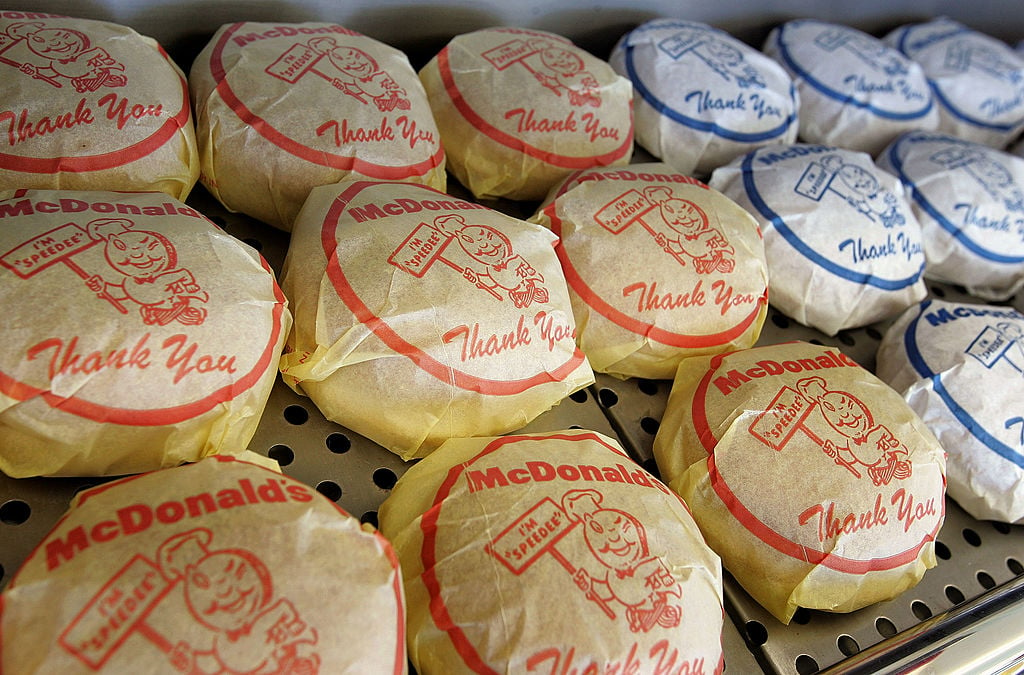
McDonald’s | Tim Boyle/Getty Images
Some people find the use of the term “100% beef” in the McDonald’s ingredient list a little suspect. If it’s one hundred percent, does that mean beef suppliers use the entire cow?
No, of course not. A McDonald’s hamburger doesn’t have ground up cow bones lurking inside. It’s made from 100% beef, of course, but not the whole cow.
14. Myth: Popeyes’ batter is laced with cocaine
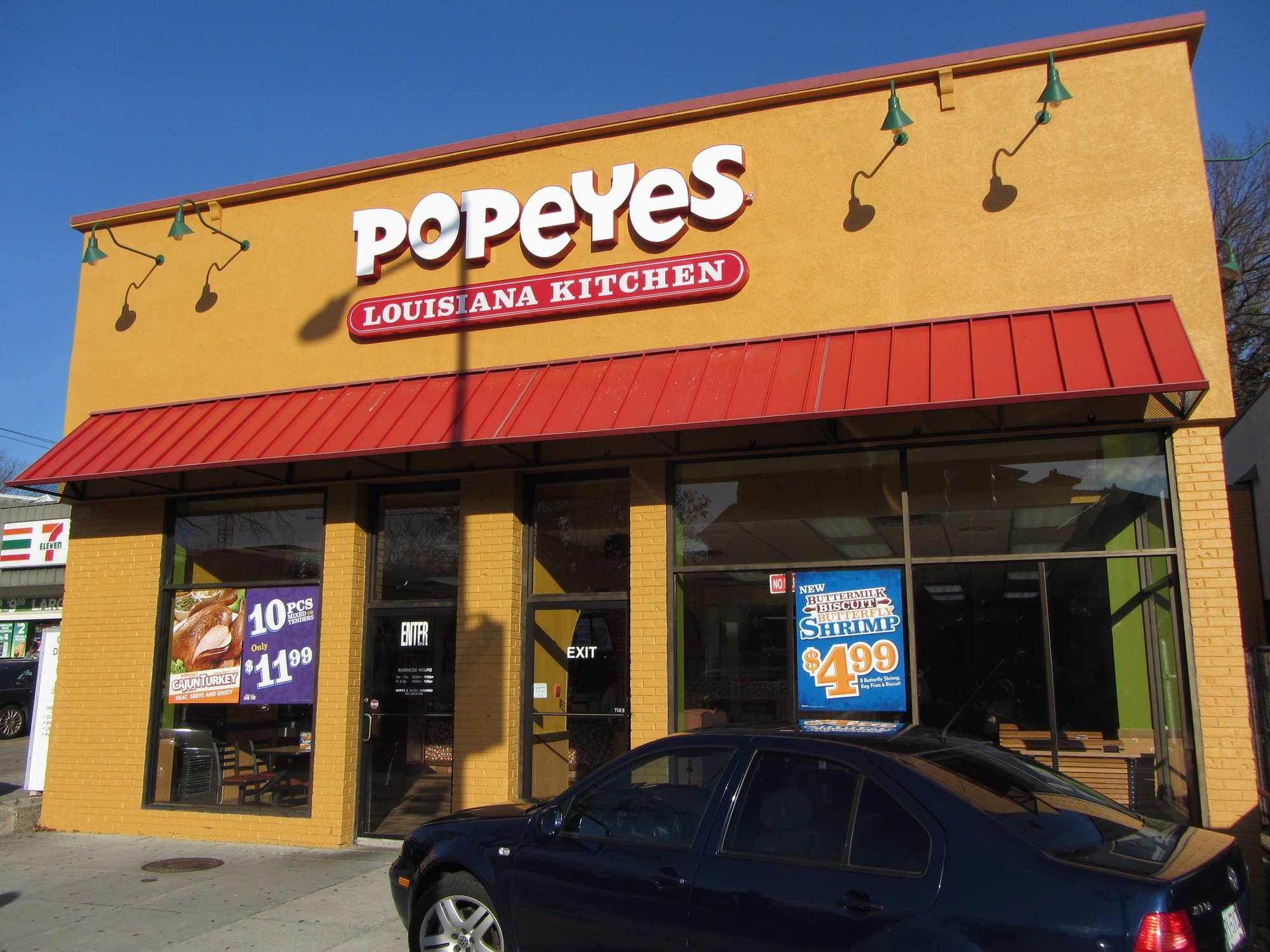
Popeyes | Coast-to-Coast/iStock/Getty Images
Yes, it’s delicious, but the batter at Popeyes’ is not laced with illegal drugs. Rumors swirled that one manager was lacing the chicken batter with cocaine, but ultimately those allegations were proven false. This “news article” was just a prank (and a publicity stunt).
15. Myth: Most disgusting urban legends about fast food
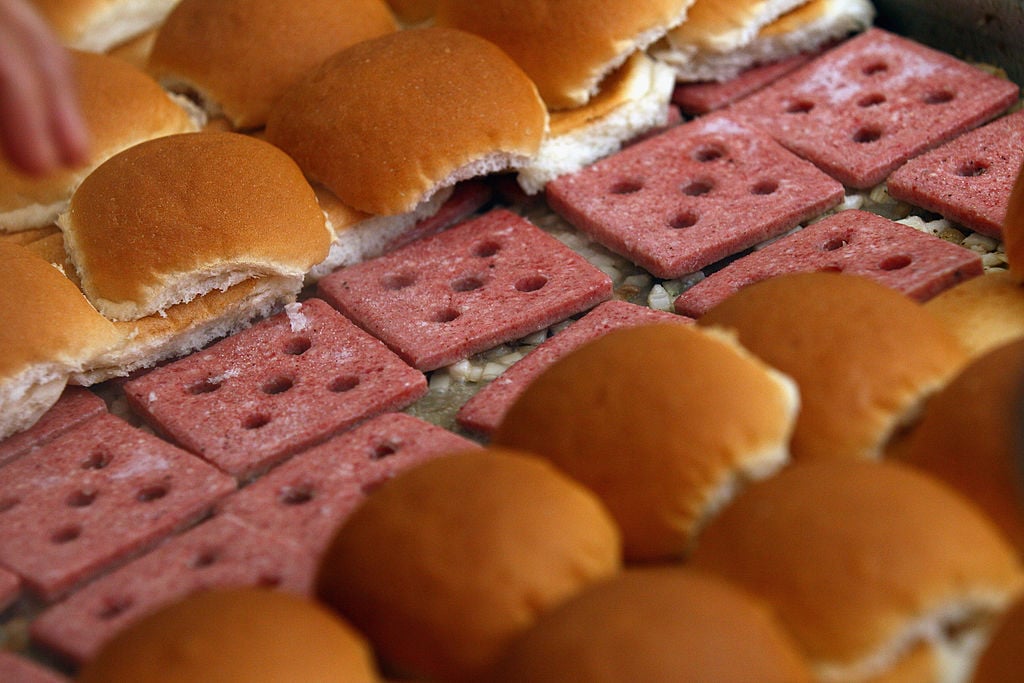
White Castle burgers | Win McNamee/Getty Images
Ever hear the one about a woman who bit into a fast food cheeseburger only to discover a headless rat inside? There are countless stories just like this floating around. And most of them are probably fake.
Most of the wildest rumors you’ve heard are probably untrue. When in doubt, check Snopes for the truth.
Source: Read Full Article
